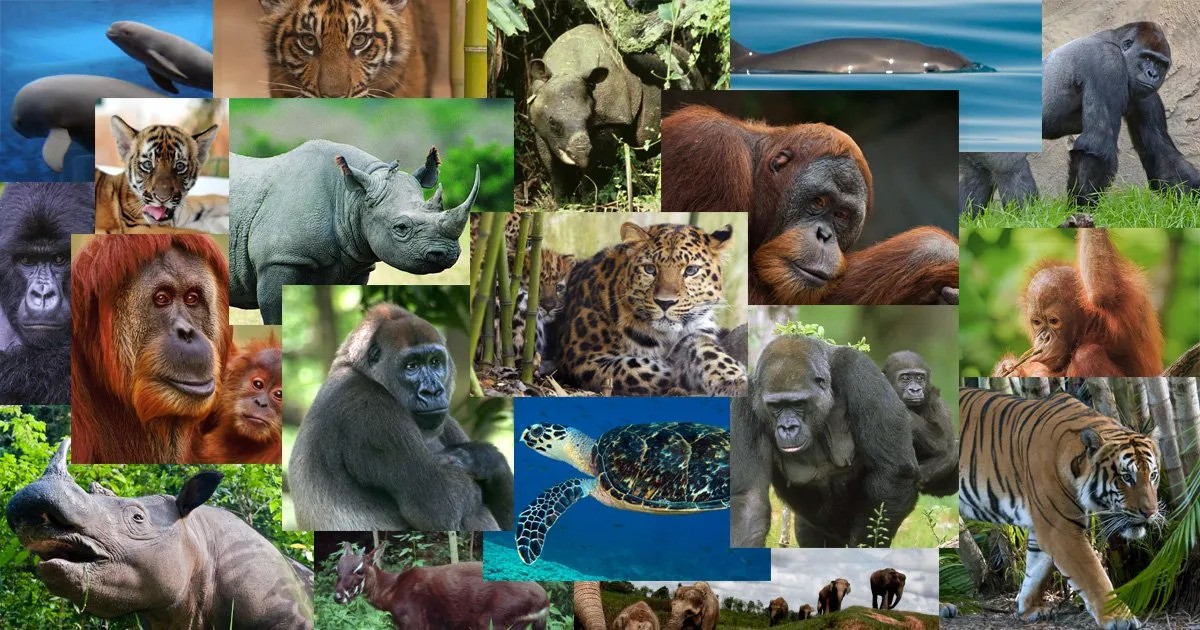Animals have long captivated human curiosity with their diverse shapes, sizes, and behaviors. Beyond their outward appearance, their internal anatomy holds a treasure trove of mysteries waiting to be uncovered. From the microscopic intricacies of cells to the grandeur of complex organ systems, the study of haustiere anatomy is a journey into the marvels of life itself.
Exploring the Microcosm: At the smallest scale, animal anatomy reveals a world teeming with activity. Cells, the building blocks of life, come in an astonishing array of shapes and functions. From the elongated neurons transmitting electrical signals in the brain to the robust muscle cells powering movement, each type serves a unique purpose in the tapestry of life.
Delving deeper, organelles like mitochondria, often dubbed the “powerhouses” of the cell, produce energy through cellular respiration, while the intricate machinery of the nucleus governs genetic expression. The elegance of cellular anatomy lies in its precision and adaptability, enabling organisms to thrive in diverse environments and conditions.
Structural Wonders: Zooming out, animal anatomy unfolds into a spectacle of structural marvels. Skeletal systems provide support, protection, and mobility, ranging from the exoskeletons of insects to the intricate bones of vertebrates. The diversity of skeletal adaptations reflects the evolutionary pressures shaping each species’ survival strategies.
Meanwhile, muscular systems orchestrate movement with remarkable efficiency. From the delicate flutter of a butterfly’s wings to the powerful strides of a lion, muscles work in concert, fueled by energy derived from nutrients and oxygen supplied by the circulatory system.
Organ Systems Symphony: The orchestration of life within animals reaches its zenith in the integration of organ systems. The cardiovascular system pumps life-sustaining blood throughout the body, delivering oxygen and nutrients while removing waste products. The respiratory system facilitates gas exchange, ensuring a constant supply of oxygen for cellular respiration.
Digestive systems break down complex molecules into usable nutrients, fueling growth, repair, and energy production. Excretory systems filter waste products, maintaining internal balance and preventing toxic buildup. Meanwhile, the nervous system coordinates communication and response, allowing animals to navigate their environment and interact with one another.
Adaptations and Evolution: One of the most fascinating aspects of animal anatomy is its adaptability and evolution. Species have evolved a myriad of adaptations to suit their ecological niches, from the specialized beaks of birds to the camouflage of chameleons. Comparative anatomy, the study of similarities and differences across species, offers insights into evolutionary relationships and the shared heritage of life on Earth.
Moreover, the study of developmental biology unravels the intricate processes by which organisms grow and develop from a single fertilized egg into complex multicellular beings. Embryonic development showcases the evolutionary legacy encoded in the developmental pathways shared by diverse organisms.
Conclusion: The study of animal anatomy is a journey of endless discovery, unveiling the intricate workings of life in its myriad forms. From the microscopic realm of cells to the grandeur of organ systems, each layer reveals new insights into the marvels of evolution and adaptation.
